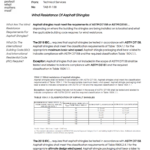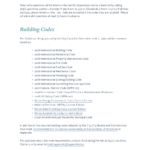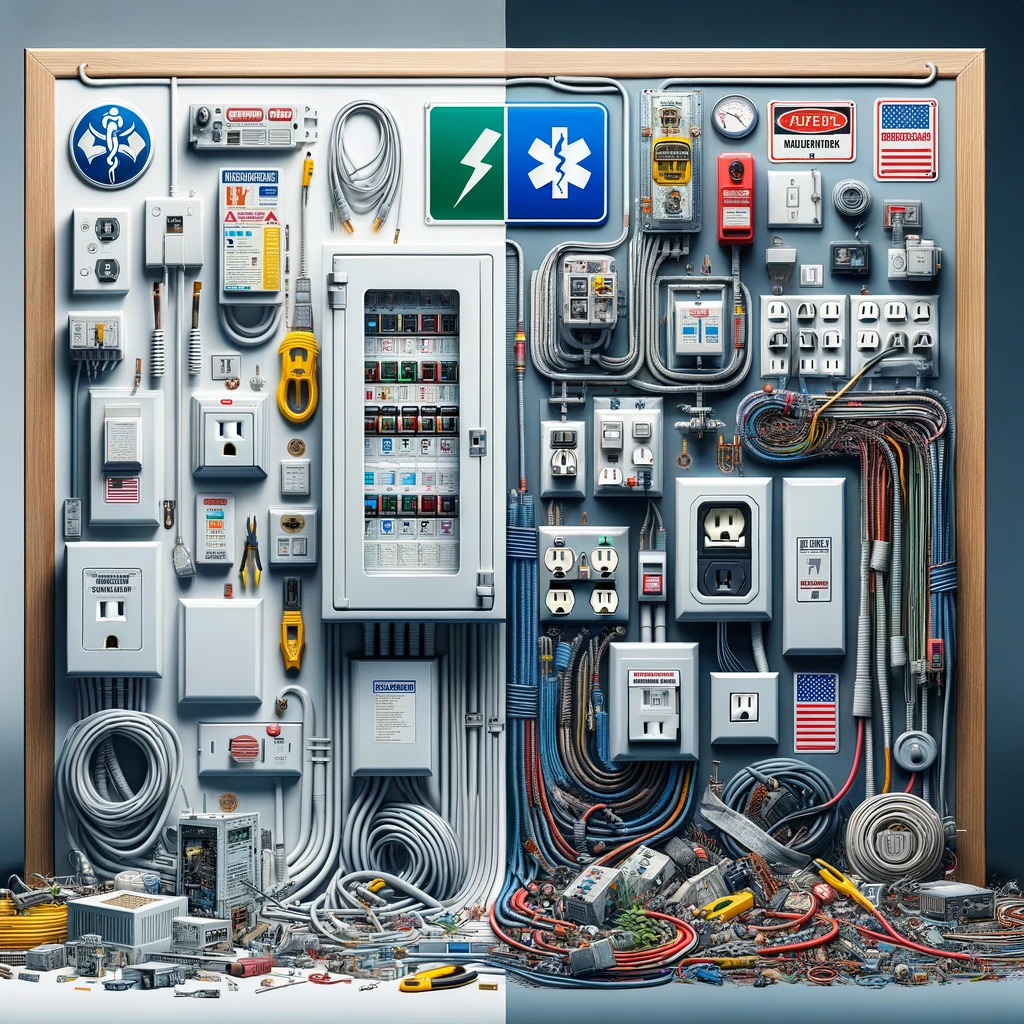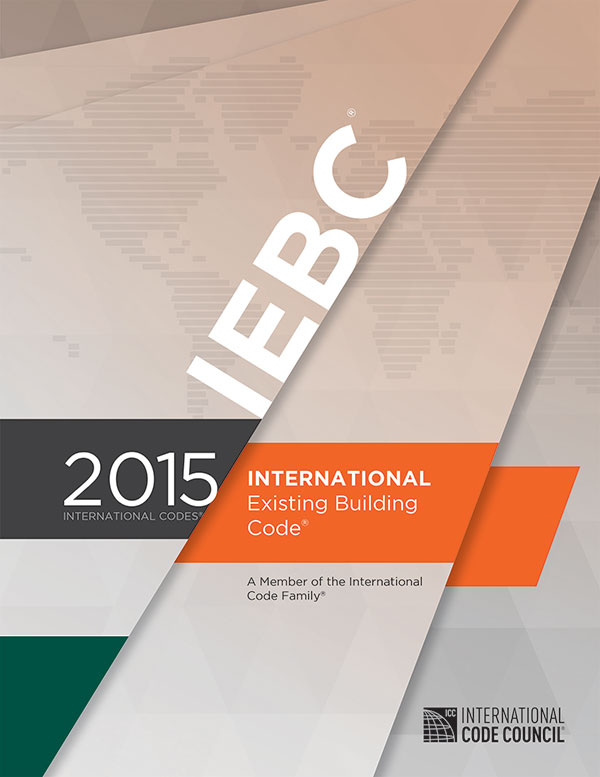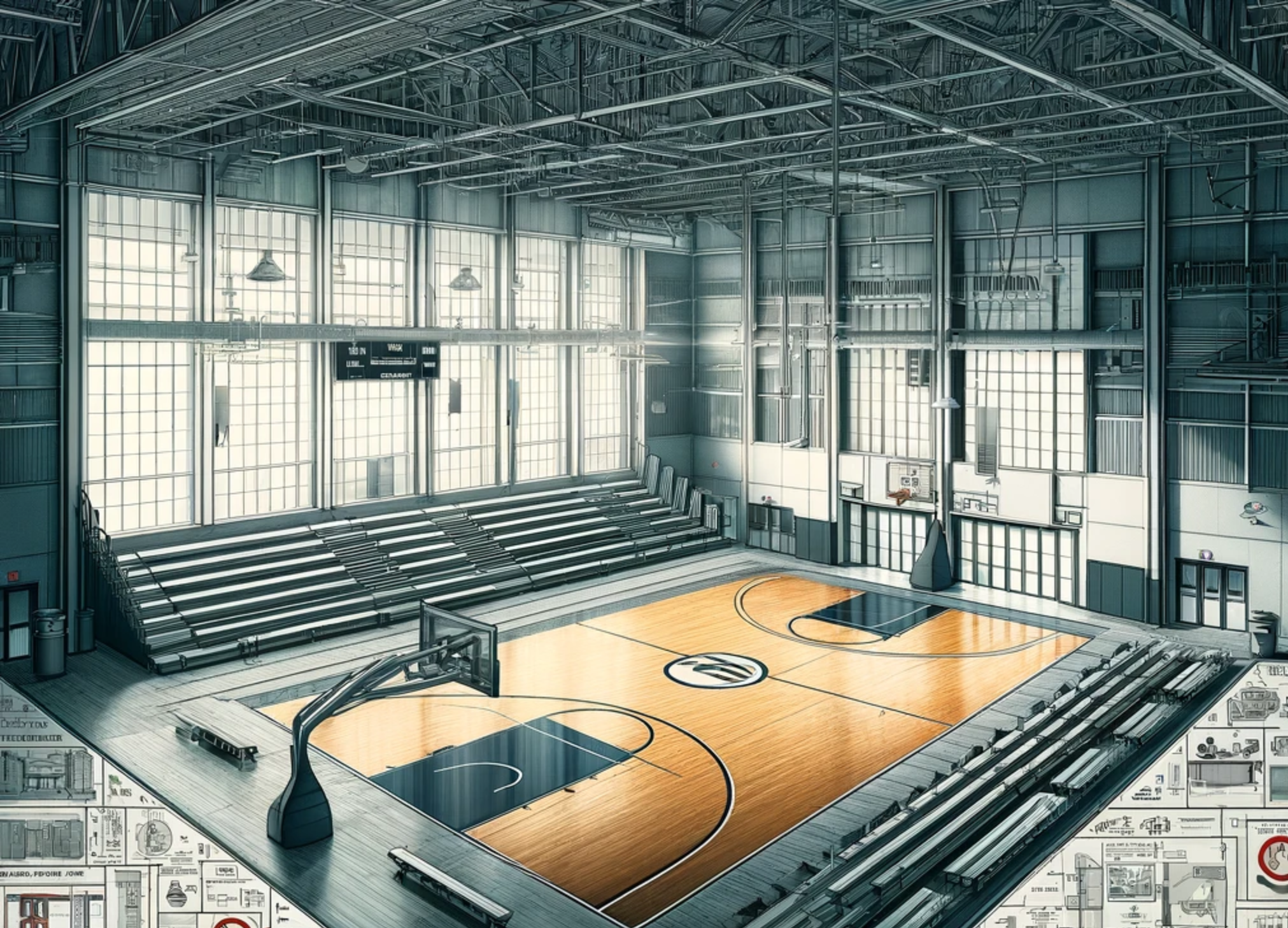When it comes to maintaining the safety and integrity of a property, understanding and adhering to the electrical standards set by the International Property Maintenance Code (IPMC) is crucial. For professionals in the insurance restoration industry, such as Allied Emergency Services, INC, staying updated with these standards ensures that properties are restored with the highest level of safety in mind. In this article, we delve into the 2018 IPMC Code’s Section 604 and Section 605, which focus on Electrical Facilities and Equipment, respectively.
Section 604: Electrical Facilities
- Facilities Required (604.1):
- Every occupied building should have an electrical system complying with Section 604 and Section 605.
- Summary: This ensures every building has a basic, safe electrical system for human occupancy.
- Service Standards (604.2):
- The electrical service’s size depends on the appliances and equipment’s usage, aligned with NFPA 70 standards.
- All dwelling units must have at least a three-wire, 120/240 volt, single-phase electrical service with a 60-ampere minimum rating.
- Summary: This sets the minimum electrical service standards based on the appliances and equipment used.
- Electrical System Hazards (604.3):
- If the electrical system poses a hazard due to inadequate service, poor wiring, or any other reason, it must be corrected immediately.
- Summary: This emphasizes the importance of maintaining a safe electrical system and rectifying any issues promptly.
- Abatement of Hazards (604.3.1 & 604.3.2):
- Any electrical equipment exposed to water or fire needs to be replaced or repaired based on specific criteria.
- Summary: This ensures that electrical equipment compromised by water or fire is addressed for safety reasons.
Section 605: Electrical Equipment
- Installation (605.1):
- All electrical equipment, wiring, and appliances must be safely and correctly installed.
- Summary: Proper installation is critical to prevent electrical hazards.
- Receptacles (605.2):
- Every habitable space in a dwelling should have at least two receptacle outlets. Specific areas like laundry rooms and bathrooms have added requirements.
- Summary: This aims to reduce the use of extension cords and promote safer electrical practices.
- Luminaires (605.3):
- Certain areas within a building, like public halls, stairways, and bathrooms, should have at least one electric luminaire.
- Summary: Adequate lighting is essential for safety in specific areas of a building.
- Wiring (605.4):
- Flexible cords should not be used as a permanent wiring solution. They shouldn’t run through doors, windows, or be concealed within walls.
- Summary: This is to ensure the safe use of flexible cords and prevent potential hazards.
Conclusion
The 2018 IPMC Code provides a comprehensive set of standards for electrical facilities and equipment to ensure the safety of buildings and their occupants.
For more personalized guidance, consult with engineers and local building codes specific to your location. For immediate service or consultation, you may contact us at Allied Emergency Services, INC.
Contact Information:
- Phone: 1-800-792-0212
- Email: Info@AlliedEmergencyServices.com
- Location: Serving Illinois, Wisconsin, and Indiana with a focus on the greater Chicago area.
If you require immediate assistance or have specific questions, our human support is readily available to help you.
Disclaimer: This article is intended for informational purposes only. For professional advice, consult experts in the field
